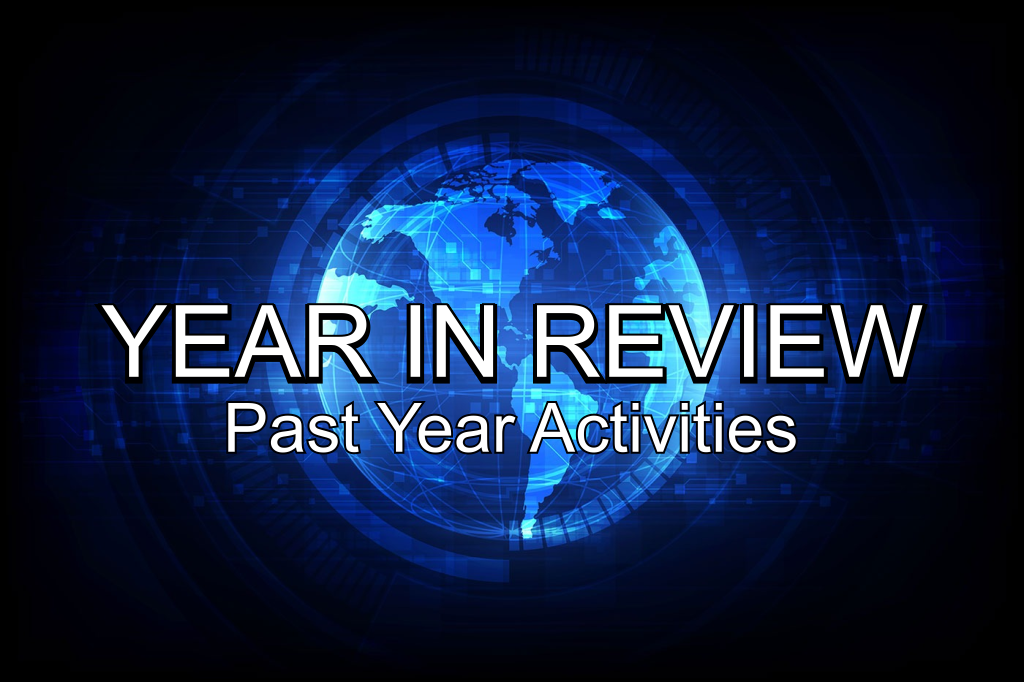Surveillance with GPS/GNSS
The ago-old Interrogation/Response method for air surveillance was aptly summarized in an important 1996 GPSWorld article by Garth van Sickle: Response from an unidentified IFF transponder is useful only to the interrogator that triggered it. That author, who served as Arabian Gulf Battle Force operations officer during Desert Storm, described transponders flooding the air with signals. Hundreds of interrogations per minute in that crowded environment produced a glut of r-f energy – but still no adequate friendly air assessment.
The first step toward solving that problem is a no-brainer: Allocate a brief transmit duration to every participant, each separate from all others. Replace the Interrogation/Response approach with spontaneous transmissions. Immediately, then, one user’s information is no longer everyone else’s interference; quite the opposite: each participant can receive every other participant’s transmissions. In the limit (with no interrogations at all), literally hundreds of participants could be accommodated. Garble nonexistent. Bingo.
Sometimes there a catch to an improvement that dramatic. Fortunately that isn’t true of this one. A successful demo was performed at Logan Airport – using existing transponders with accepted data formatting (extended squitter), in the early 1990s, by Lincoln Labs. I then (first in January 1998) made two presentations, one for military operation (publication #60- click here ) and another one for commercial aviation (publication #61-click here ), advocating adoption of that method with one important change. Transmitting GPS pseudoranges rather than coordinates would enable an enormous increase in performance. Reasons include cancellation of major errors – which happens when two users subtract scalar measurements from the same satellite, but not coordinates formed from different sets of satellites. That, however, only begins to describe the benefit of using measurements ( publication #66 ); continue below:
With each participant receiving every other participant’s transmissions, each has the ability to track all others. That is easily done because (1) every extended squitter message includes unique source identification, and (2) multiple trackers maintained in tandem have been feasible for years; hundreds of tracks would not tax today’s computing capability at all. Tracks can be formed by ad hoc stitching together coordinate differences, but accuracy will not be impressive. A Kalman tracker fed by those coordinate differences would not only contain the uncancelled errors just noted, but nonuniform sensitivities, unequal accuracies, and cross-axis correlations among the coordinate pseudo measurement errors would not be taken into account. Furthermore, the dynamics (velocity and acceleration) – as derivatives – would degrade even more – and dynamic accuracy is absolutely crucial for ability to anticipate near-future position (e.g., for collision avoidance).
The sheer weight of all the considerations just noted should be more than enough to motivate the industry towards preparing to exploit this capability. But, wait – there’s more. Much more, in fact. For how many years have we been talking about consolidating various systems, so that we wouldn’t need so many different ones? Well, here’s a chance to provide both 2-dimensional (runway incursion) and 3-dimensional (in-air)
collision avoidance with the same system. The performance benefits alone are substantial but that plan would also overcome a fundamental limitation for each –
* Ground: ASDE won’t be available at smaller airports
* In-air: TCAS doesn’t provide adequate bearing information; conflict resolution is performed with climb/dive.
The latter item doesn’t make passengers happy, especially since that absence of timely and accurate azimuth information prompts some unnecessary “just-in-case” maneuvers.
No criticism is aimed here toward the designers of TCAS; they made use of what was available to them, pre-GPS. Today we have not just GPS but differential GPS. Double differencing , which revolutionized surveying two decades ago, could do the same for this 2-D and 3-D tracking. The only difference would be absence of any requirement for a stationary reference. All positions and velocities are relative – exactly what the doctor ordered for this application.
OK, I promised – not just more but MUCH more. Now consider what happens when there aren’t enough satellites instantaneously available to provide a full position fix meeting all demands (geometry, integrity validation): Partial data that cannot provide instantaneous position to be transmitted is wasted (no place to go). But ancient mariners used partial information centuries ago. If we’re willing to do that ourselves, I’ve shown a rigorously derived but easily used means to validate each separate measurement according to individual circumstances. A specific satellite might give an acceptable measurement to one user but a multipath-degraded measurement to another. At each instant of time, any user could choose to reject some data without being forced to reject it all. My methods are applicable for any frequency from any constellation (GPS, GLONASS, GALILEO, COMPASS, QZSS, … ).
While we’re at it, once we open our minds to sharing and comparing scalar observations, we can go beyond satellite data and include whatever our sensors provide. Since for a half-century we’ve known how to account for all the nonuniform sensitivities, unequal accuracies, and cross-axis correlations previously mentioned, all incoming data common to multiple participants (TOA, DME, etc.) would be welcome.
So we can derive accurate cross-range as well as along-range relative dynamics as well as position, with altitude significantly improved to boot. Many scenarios (those with appreciable crossing geometry) will allow conflict resolution in a horizontal plane via deceleration – well ahead of time rather than requiring a sudden maneuver. GPS and Mode-S require no breakthrough in inventions, and track algorithms already in public domain carry no proprietary claims. Obviously, all this aircraft-to-aircraft tracking (with participants in air or on the ground) can be accomplished without data transmitted from any ground station . All these benefits can be had just by using Mode-S squitter messages with the right content .
There’s still more. Suppose one participant uses a different datum than the others. Admittedly that’s unlikely but, for prevention of a calamity, we need to err on the side of caution; “unlikely” isn’t good enough. With each participant operating in his own world-view, comparing scalar measurements would be safe in any coordinate reference. Comparing vectors with an unknown mismatch in the reference frame, though, would be a prescription for disaster. Finally, in Chapter 9 of GNSS Aided Navigation & Tracking I extend the approach to enable sharing observations of nonparticipants.
In the
About panel of this site I pledged to substantiate a claim of dramatic improvements afforded by methods to be presented. This operation is submitted as one example satisfying that claim. Many would agree (and many
have
agreed) that the combined reasons given for the above plan is compelling. Despite that, there is no commitment by the industry to pursue it. ADSB is moving inexorably in a direction that was set years ago. That’s a reality – but it isn’t the
only
reality. The world has its own model; it doesn’t depend on how we characterize it. It’s up to us to pattern our plans in conformance to the real world, not the other way around. Given the stakes I feel compelled to advocate moving forward with a pilot program of modest size – call it “Post-Nextgen” – having the robustness to recover from severe adversity. Let’s get prepared.










